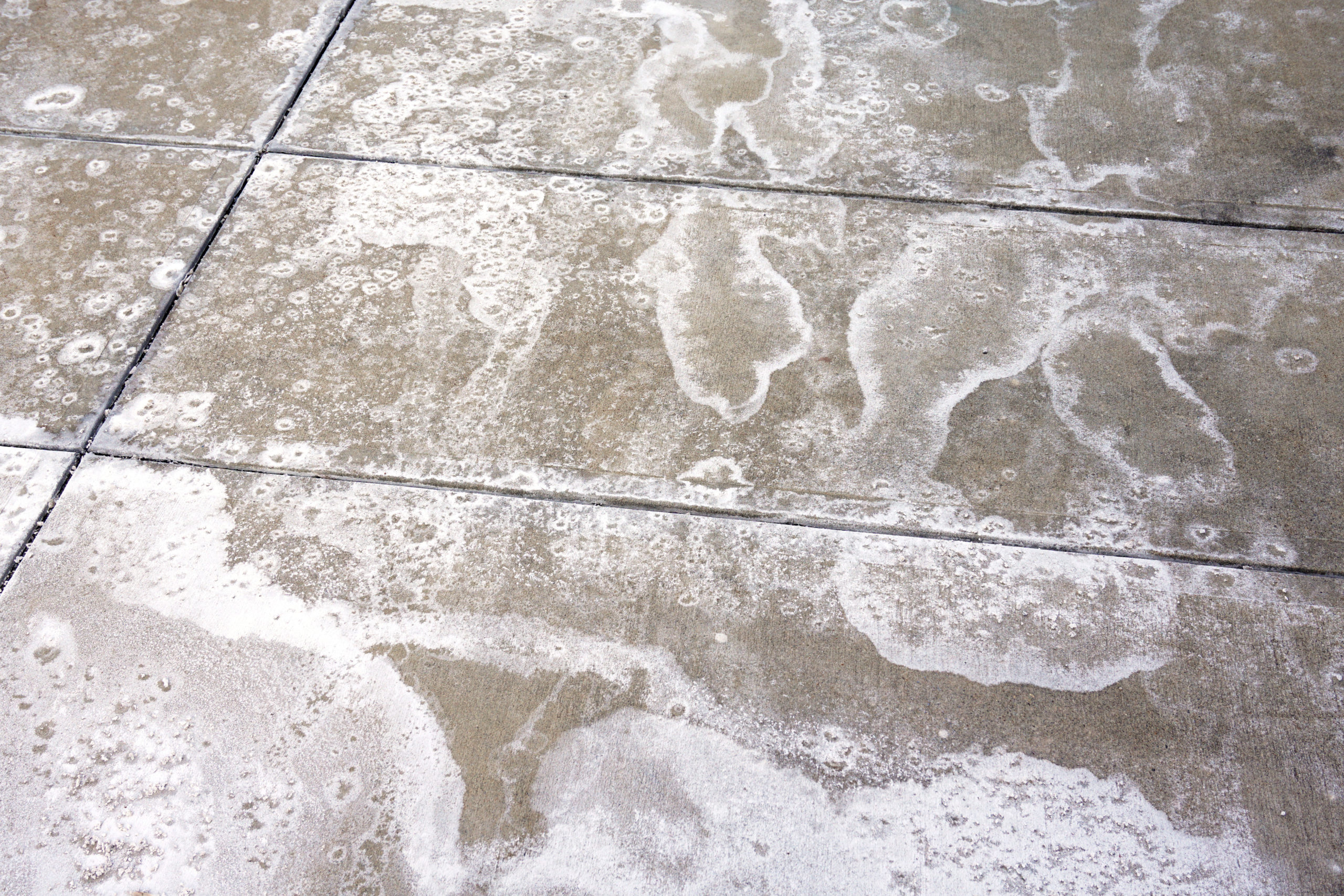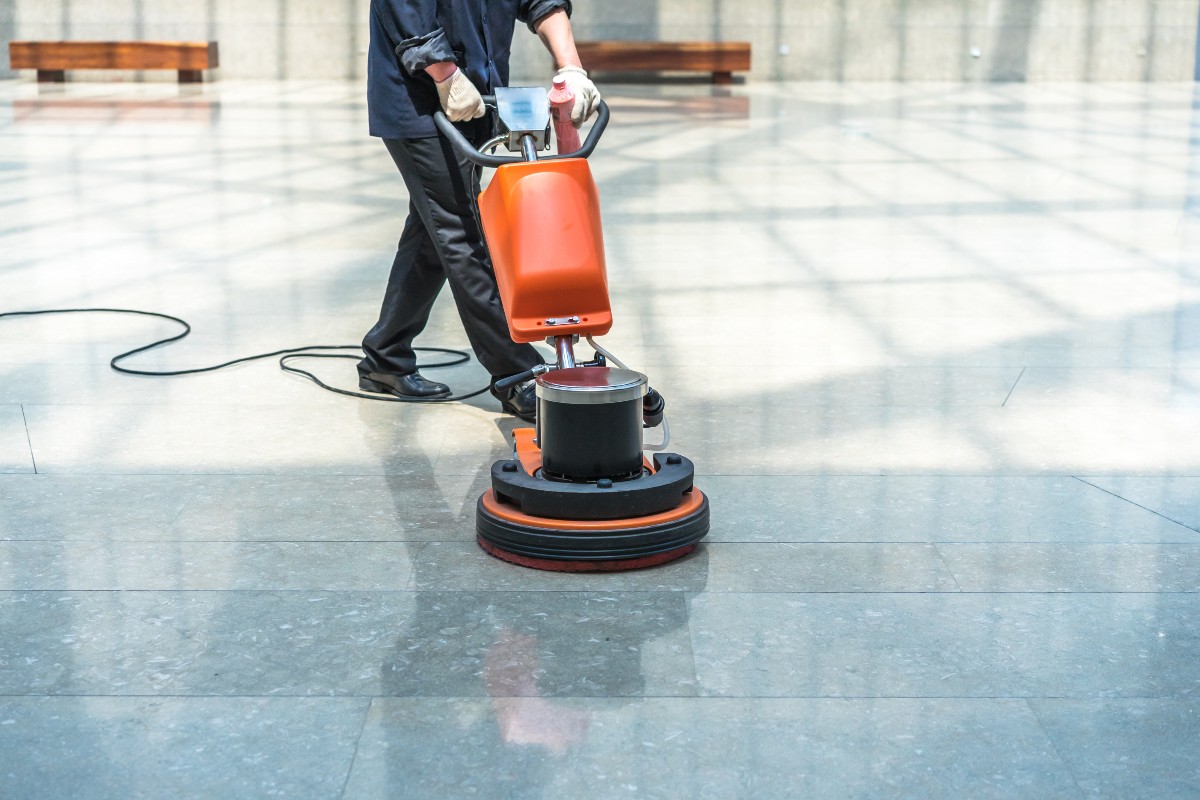Spring is here and while flowers are in bloom and birds are chirping, Spring is also the time to get started on your post-winter projects. For most homeowners this means planting flowers, cleaning out the attic, or doing mounds of laundry, but what about your concrete?
Concrete needs regular maintenance to keep it strong and beautiful for decades, and much of that maintenance can be accomplished in the Spring. Let’s learn some professional tips for taking care of your concrete in the Spring including addressing the post-winter damage, cleaning and sealing your concrete, and considering new projects.
Maintaining Your Concrete in Spring
Addressing Cracks and Other Damage
Spring is a good time to inspect your concrete for any cracks, gaps, and other damage. Over the winter accumulated snow and ice can penetrate small cracks and pockmarks. As temperatures rise and fall over the winter, that ice will contract and expand, doing further damage to existing problems and creating new issues.
Spring is a great time to address these issues. Homeowners can take care of some minor damage and small pocks with concrete patch kits, but anything other than small damage should be left to professionals. Schedule a spring date for a highly-rated local concrete contractor to examine any damage and what let you know what can be done about it.
Cleaning and Sealing
You can also take advantage of Spring’s conditions to clean and seal your concrete. Cleaning can be accomplished by a homeowner with soapy water and a stiff synthetic brush, or a power washer if your concrete is dirty. Fill a bucket with dish detergent and warm water, and simply dip your brush in and scrub hard. You can use metal brushes for spot stains, but most dirty driveways can be cleaned with an outdoor utility brush.
If your concrete is caked in years of dirt and grime, rent a pressure washer from your local home improvement store. Unless your concrete is particularly bad, you will probably not need to purchase the ‘detergent’ that comes with power washer rentals.
If you’ve taken the time and effort to clean your concrete, you might as well reseal it. A DIY-minded homeowner can re-seal their driveways and other concrete themselves, but most trust this job to a concrete professional since you want it to take. Let a local concrete contractor know you need sealing, and they’ll be out with an estimate right away.
Installing New Concrete
Summer is traditionally the time for new concrete installations, but you can get ahead of the game by scheduling installation in the spring instead. If you have two days of above freezing temperatures, you can safely install concrete. If you’ve been putting off a project – use the coming of spring to spur you on.
Spring is the time to enjoy the rising temperatures and admire new life, but Spring is also time to roll up your sleeves and get on projects you’ve been putting off during the cold months including your concrete. Take Spring to examine and fix any damaged concrete, clean and seal, and start new projects. All concrete projects start with AAA Concrete Raising, so get off the couch and get on the phone, Spring is here.





